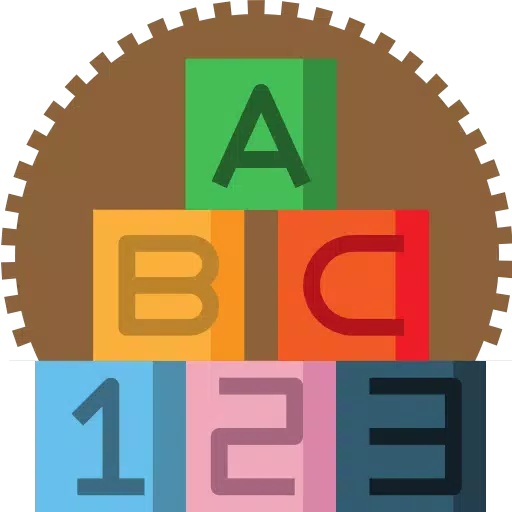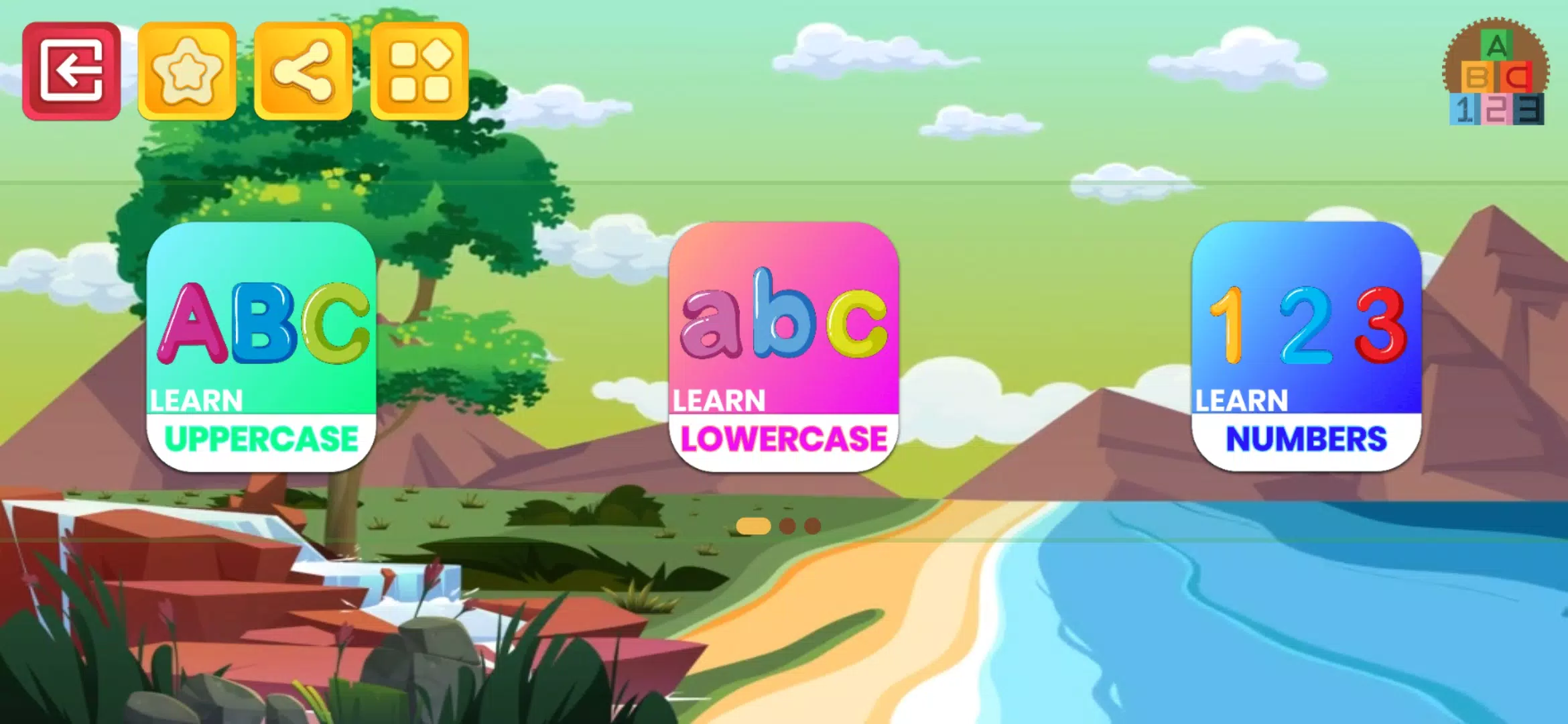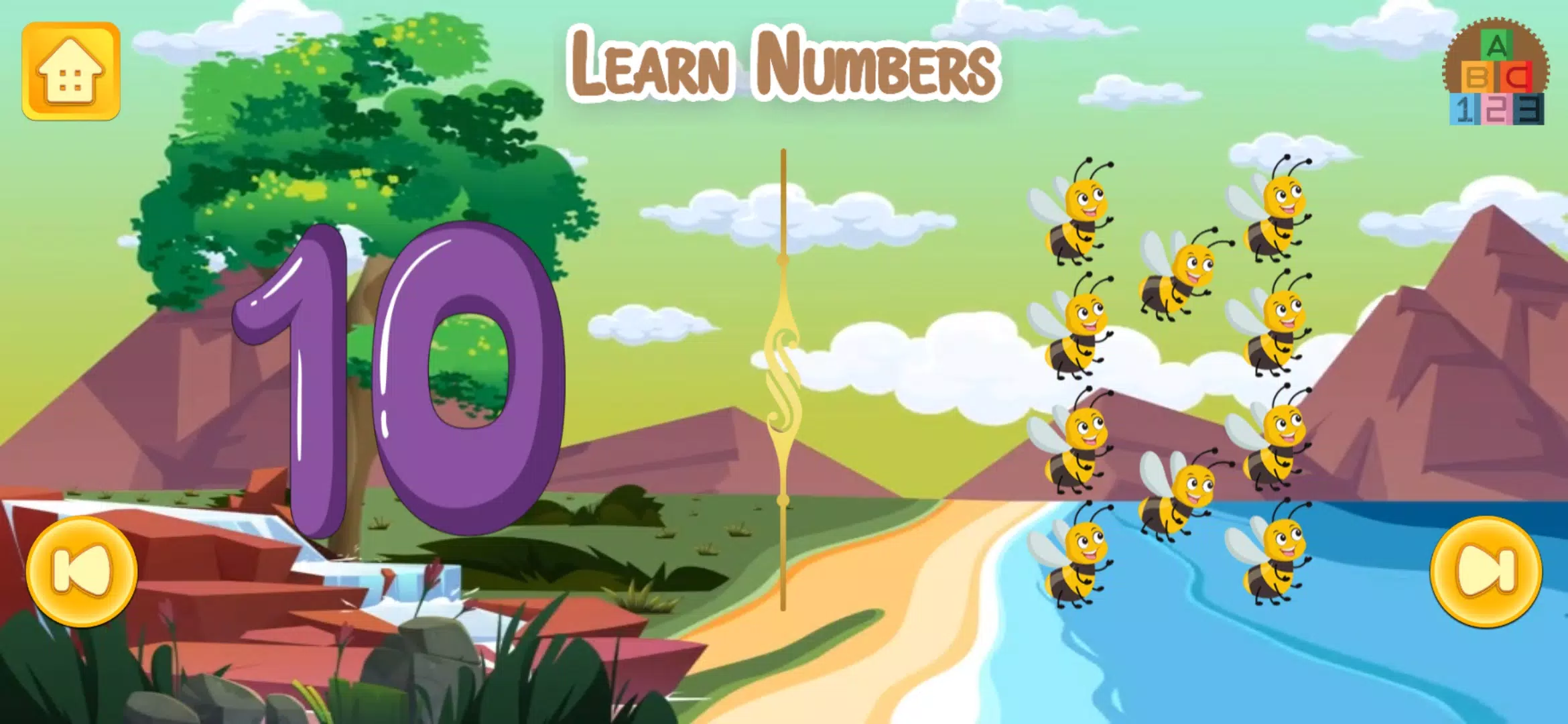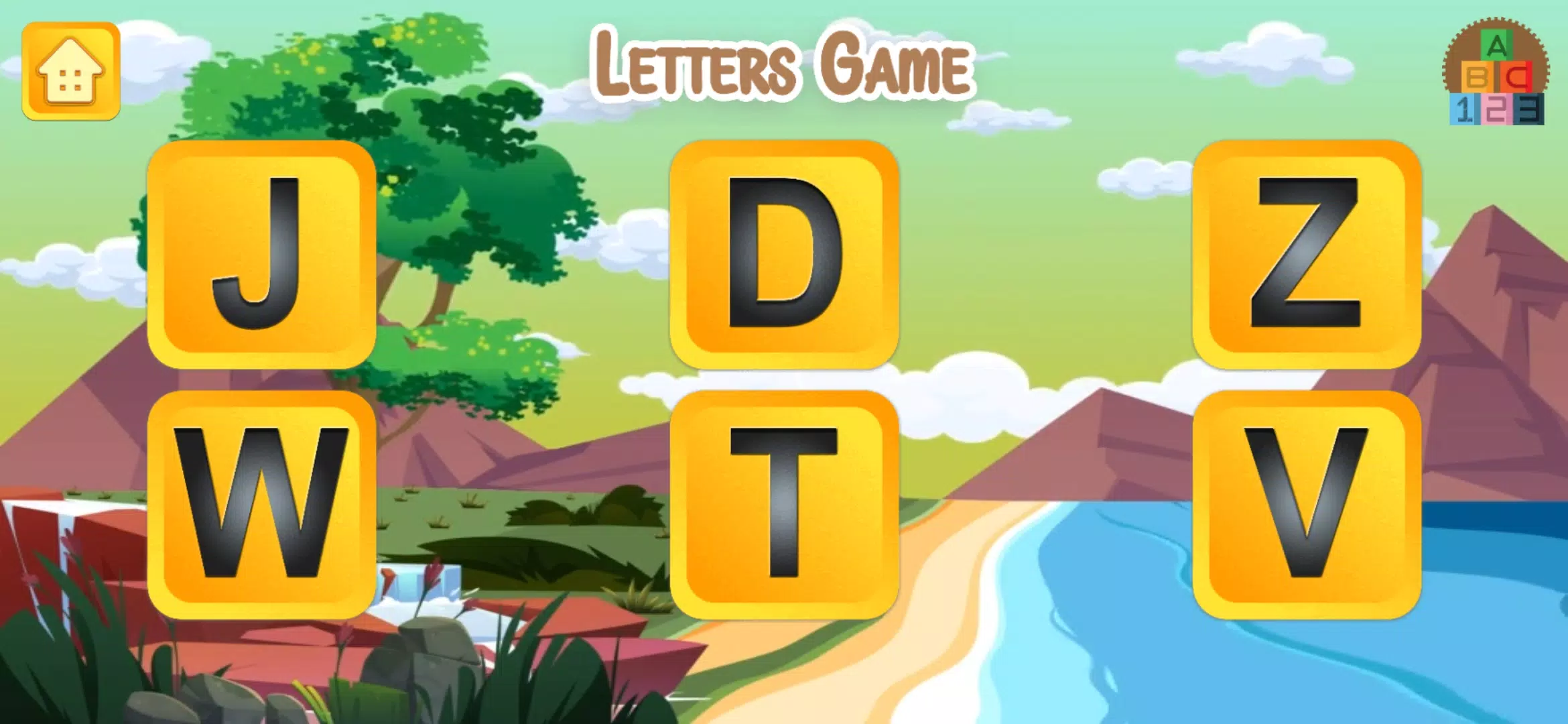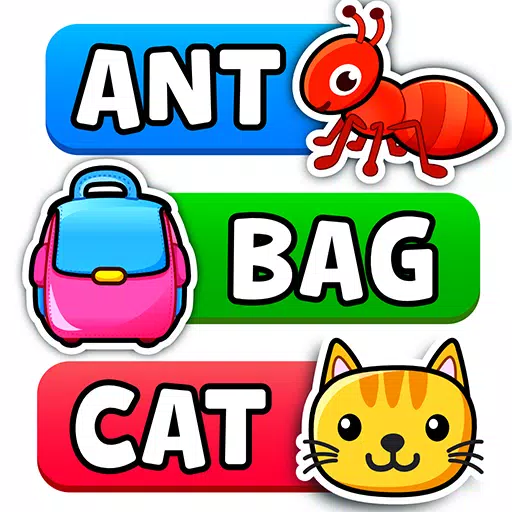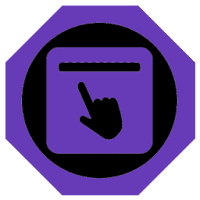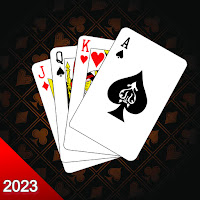Teaching your children to pronounce English letters and numbers accurately can be a fun and engaging process. Here’s a guide to help you teach and test their pronunciation skills effectively.
Teaching English Letters and Numbers
Letters: Start with the basics: the alphabet. Sing the alphabet song with your kids to help them remember the order of the letters. Then, focus on individual letter pronunciation:
- A: "ay"
- B: "bee"
- C: "see"
- D: "dee"
- E: "ee"
- F: "eff"
- G: "jee"
- H: "aitch"
- I: "eye"
- J: "jay"
- K: "kay"
- L: "ell"
- M: "em"
- N: "en"
- O: "oh"
- P: "pee"
- Q: "kyoo"
- R: "ar"
- S: "ess"
- T: "tee"
- U: "you"
- V: "vee"
- W: "double-you"
- X: "eks"
- Y: "why"
- Z: "zee" (in American English) or "zed" (in British English)
Practice each letter slowly, encouraging your child to repeat after you. Use visual aids like alphabet charts or flashcards to reinforce their learning.
Numbers: Teach numbers from 1 to 10 first, then gradually move to higher numbers:
- 1: "one"
- 2: "two"
- 3: "three"
- 4: "four"
- 5: "five"
- 6: "six"
- 7: "seven"
- 8: "eight"
- 9: "nine"
- 10: "ten"
Use counting games, such as counting objects around the house or during playtime, to make learning numbers fun and interactive.
Testing Their Pronunciation
Once your children are familiar with the letters and numbers, test their pronunciation to see how well they're learning:
- Flashcard Test: Show them flashcards with letters or numbers and ask them to pronounce them.
- Interactive Games: Play games where they need to say the letter or number before they can move forward. For example, "I Spy" with letters or numbers.
- Daily Practice: Incorporate pronunciation practice into daily routines, like asking them to say the letters on signs or the numbers on clocks.
What's New in the Latest Version 2.2
Last updated on Oct 20, 2024
Minor bug fixes and improvements. Install or update to the newest version to check it out!

